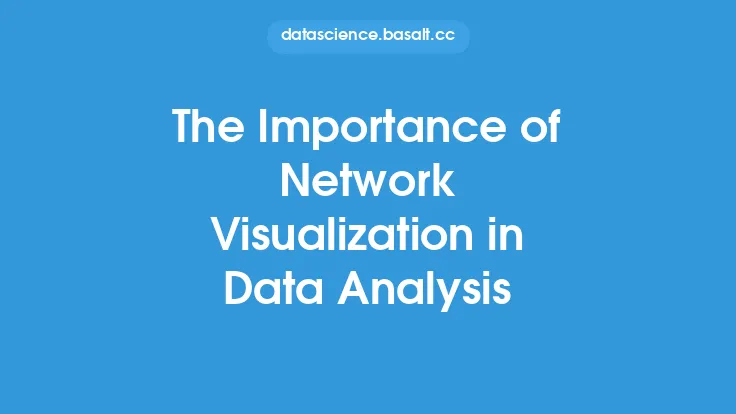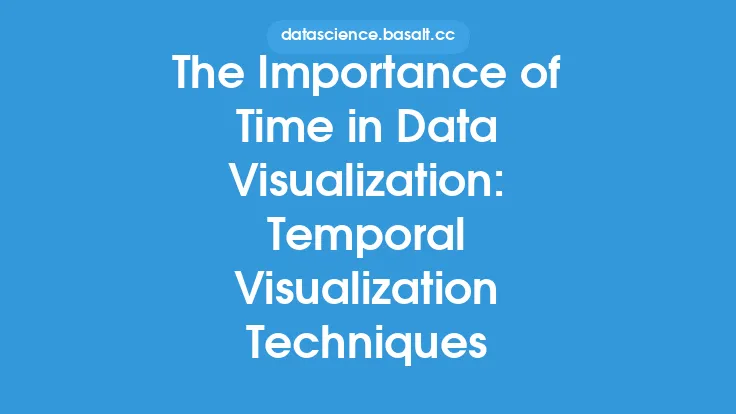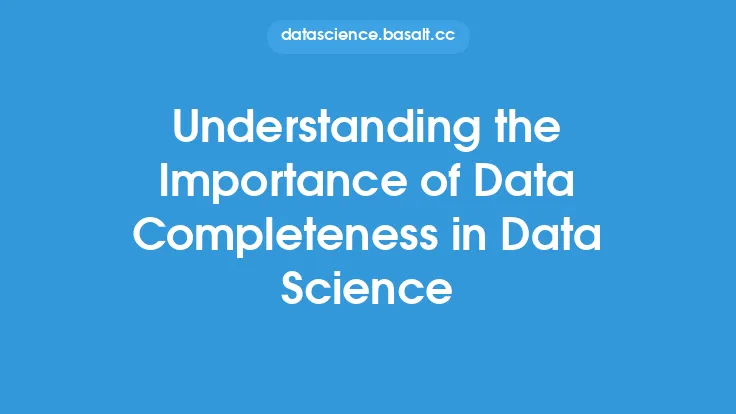Anomalies in data refer to patterns or observations that do not conform to the expected behavior or norms of the dataset. These irregularities can be indicative of errors, unusual events, or interesting phenomena that warrant further investigation. In the context of data mining, anomalies can be categorized into different types based on their characteristics, causes, and effects. Understanding these types of anomalies is essential for developing effective anomaly detection strategies and improving the overall quality of the data.
Point Anomalies
Point anomalies, also known as individual anomalies, occur when a single data point is significantly different from the rest of the data. This type of anomaly can be caused by errors in data entry, measurement errors, or unusual events. Point anomalies can be easily identified using statistical methods, such as the z-score method or the modified Z-score method. These methods calculate the number of standard deviations a data point is away from the mean, and if it exceeds a certain threshold, it is considered an anomaly. For example, in a dataset of exam scores, a score of 1000 would be considered a point anomaly if the average score is 70 with a standard deviation of 10.
Contextual Anomalies
Contextual anomalies, also known as conditional anomalies, occur when a data point is anomalous in a specific context or condition. This type of anomaly depends on the values of other attributes or variables in the dataset. For instance, a temperature reading of 30°C may be normal in summer but anomalous in winter. Contextual anomalies can be detected using techniques such as conditional probability or decision trees. These methods take into account the relationships between different attributes and identify data points that do not conform to the expected patterns.
Collective Anomalies
Collective anomalies occur when a group of data points is anomalous, even if each individual data point is not. This type of anomaly can be caused by unusual patterns or trends in the data. Collective anomalies can be detected using techniques such as clustering or density-based methods. These methods group similar data points together and identify clusters or regions that are significantly different from the rest of the data. For example, in a dataset of customer transactions, a group of transactions with unusually high values may be considered a collective anomaly if they are clustered together in a specific time period.
Novelty Anomalies
Novelty anomalies, also known as new or unknown anomalies, occur when a data point is significantly different from any other data point in the dataset. This type of anomaly can be caused by new or emerging patterns in the data. Novelty anomalies can be detected using techniques such as one-class classification or autoencoders. These methods learn the normal patterns in the data and identify data points that do not conform to these patterns. For instance, in a dataset of network traffic, a new type of malware may be considered a novelty anomaly if it has a significantly different signature than any other known malware.
Temporal Anomalies
Temporal anomalies occur when a data point is anomalous in a specific time period or sequence. This type of anomaly can be caused by seasonal or periodic patterns in the data. Temporal anomalies can be detected using techniques such as time series analysis or sequence mining. These methods identify unusual patterns or trends in the data over time. For example, in a dataset of daily sales, a sudden spike in sales on a specific day may be considered a temporal anomaly if it does not conform to the expected seasonal pattern.
Spatial Anomalies
Spatial anomalies occur when a data point is anomalous in a specific geographic location or spatial context. This type of anomaly can be caused by unusual patterns or trends in the data that are specific to a particular location. Spatial anomalies can be detected using techniques such as spatial analysis or geographic information systems (GIS). These methods identify unusual patterns or trends in the data that are specific to a particular location or region. For instance, in a dataset of crime rates, a high crime rate in a specific neighborhood may be considered a spatial anomaly if it does not conform to the expected pattern of crime rates in the surrounding areas.
High-Dimensional Anomalies
High-dimensional anomalies occur when a data point is anomalous in a high-dimensional space. This type of anomaly can be caused by complex relationships between multiple attributes or variables in the dataset. High-dimensional anomalies can be detected using techniques such as dimensionality reduction or feature selection. These methods reduce the number of attributes or variables in the dataset and identify data points that are anomalous in the reduced space. For example, in a dataset of gene expression levels, a gene that is expressed at a significantly higher level than expected may be considered a high-dimensional anomaly if it does not conform to the expected pattern of gene expression levels in the surrounding genes.
In conclusion, anomalies in data can be categorized into different types based on their characteristics, causes, and effects. Understanding these types of anomalies is essential for developing effective anomaly detection strategies and improving the overall quality of the data. By recognizing the different types of anomalies, data analysts and scientists can develop targeted approaches to detect and address anomalies, and ultimately gain a deeper understanding of the underlying patterns and relationships in the data.





